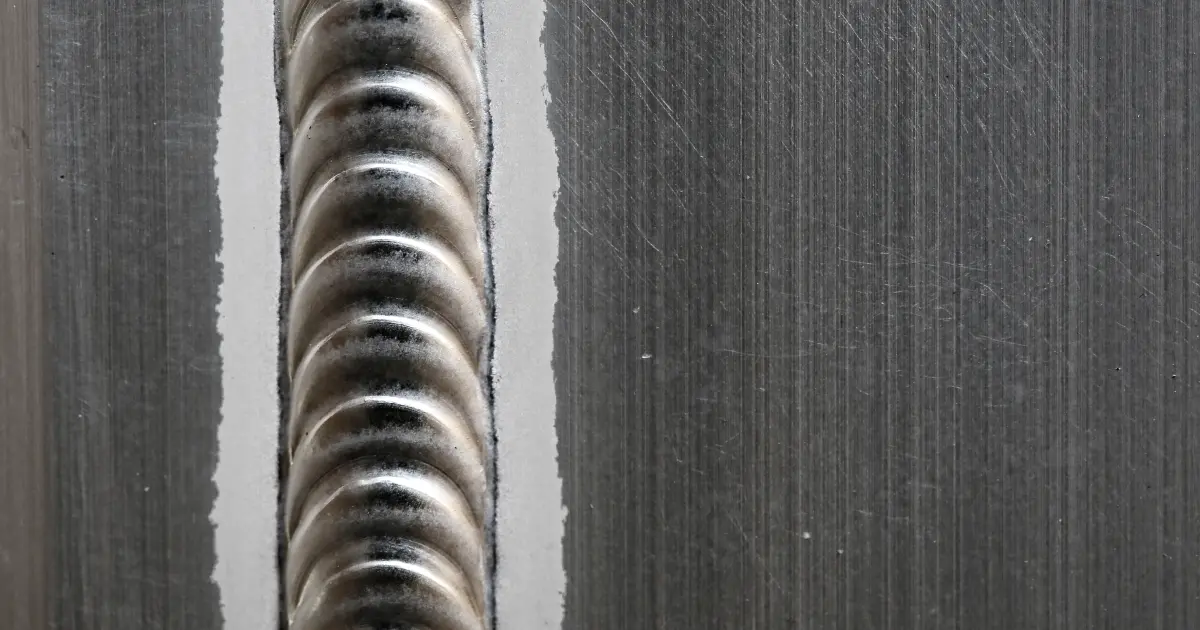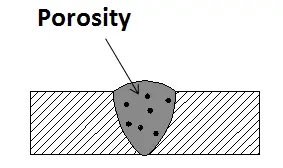Porosity in Welding: Identifying Common Issues and Implementing Best Practices for Prevention
Porosity in welding is a prevalent issue that frequently goes unnoticed till it creates significant issues with the stability of welds. In this discussion, we will check out the essential aspects contributing to porosity development, examine its harmful effects on weld efficiency, and talk about the ideal practices that can be adopted to decrease porosity occurrence in welding processes.
Typical Reasons For Porosity

Another regular wrongdoer behind porosity is the existence of impurities on the surface of the base metal, such as oil, oil, or corrosion. When these impurities are not effectively removed before welding, they can vaporize and end up being entraped in the weld, creating defects. In addition, using filthy or damp filler materials can introduce pollutants right into the weld, adding to porosity concerns. To alleviate these typical reasons for porosity, detailed cleansing of base steels, appropriate protecting gas option, and adherence to optimum welding parameters are necessary practices in achieving premium, porosity-free welds.
Effect of Porosity on Weld High Quality

The presence of porosity in welding can dramatically endanger the architectural honesty and mechanical residential or commercial properties of bonded joints. Porosity produces voids within the weld steel, deteriorating its general toughness and load-bearing capacity. These spaces serve as stress and anxiety concentration points, making the weld a lot more prone to cracking and failing under applied lots. In addition, porosity can decrease the weld's resistance to corrosion and various other environmental factors, better reducing its longevity and efficiency.
Welds with high porosity levels have a tendency to exhibit reduced influence toughness and lowered capability to deform plastically before fracturing. Porosity can hinder the weld's capacity to properly send forces, leading to early weld failing and prospective safety and security hazards in critical frameworks.
Finest Practices for Porosity Avoidance
To boost the structural integrity and high quality of welded joints, what details steps can be executed to decrease the incident of porosity throughout the welding procedure? Making use of the proper welding strategy for the details product being welded, such as adjusting the welding angle and weapon setting, can further avoid porosity. Normal inspection of welds and prompt remediation of any type of problems identified throughout the investigate this site welding procedure are vital practices to avoid porosity and produce top notch welds.
Value of Proper Welding Strategies
Implementing correct welding strategies is vital in making certain the structural honesty and quality of browse around here welded joints, developing upon the foundation of reliable porosity prevention measures. Excessive heat can lead to boosted porosity due to the entrapment of gases in the weld swimming pool. In addition, utilizing the suitable welding parameters, such as voltage, current, and take a trip rate, is critical for attaining sound welds with very little porosity.
In addition, the choice of welding procedure, whether it be MIG, TIG, or stick welding, should line up with the certain demands of the project to make sure optimum outcomes. Correct cleansing and prep work of the base metal, as well as choosing the ideal filler material, are additionally vital parts of skillful welding techniques. By sticking to these ideal techniques, welders can reduce the risk of porosity formation and produce premium, structurally audio welds.

Examining and High Quality Control Steps
Quality control steps play a vital function in verifying the stability and reliability of bonded joints. Testing treatments are vital to find and stop porosity in welding, making certain the you can check here toughness and toughness of the end product. Non-destructive testing approaches such as ultrasonic screening, radiographic screening, and aesthetic examination are typically utilized to determine possible issues like porosity. These methods permit for the assessment of weld quality without compromising the stability of the joint. What is Porosity.
Post-weld evaluations, on the other hand, examine the final weld for any type of problems, consisting of porosity, and validate that it satisfies defined criteria. Applying an extensive quality control plan that includes complete testing procedures and inspections is extremely important to lowering porosity concerns and making certain the total quality of bonded joints.
Conclusion
In conclusion, porosity in welding can be a common issue that impacts the top quality of welds. By determining the typical sources of porosity and implementing best techniques for prevention, such as proper welding techniques and screening steps, welders can guarantee high top quality and trustworthy welds. It is necessary to focus on prevention methods to minimize the incident of porosity and maintain the stability of bonded frameworks.